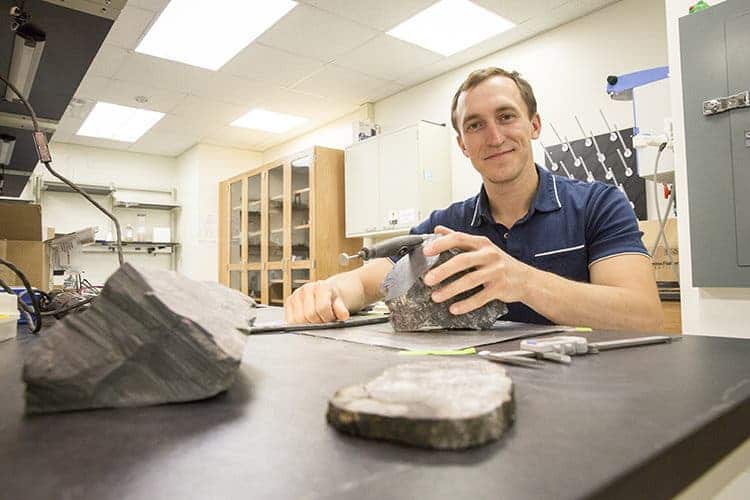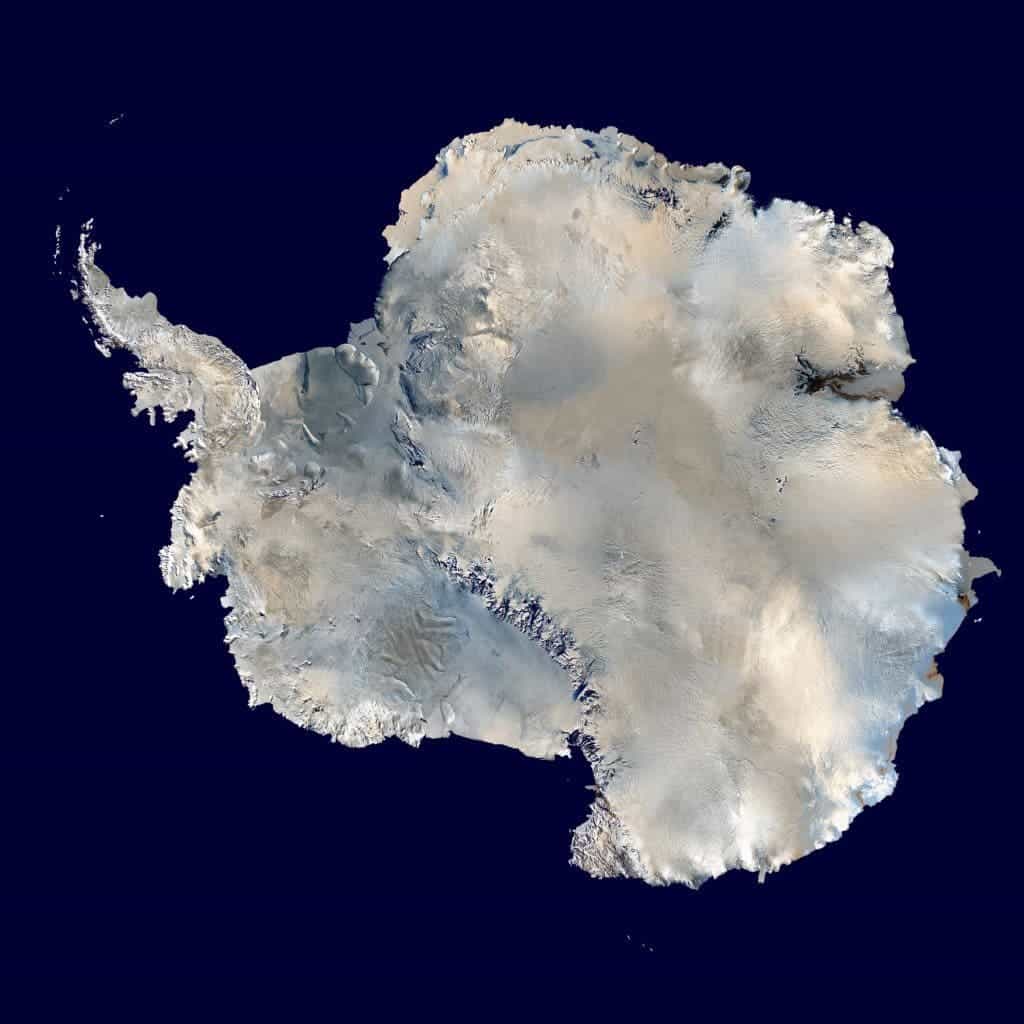Antarctica wasn’t always the frozen barren land that it is today — millions of years ago, it was covered in lush forests. The trees had some bizarre traits to let them survive the extreme light conditions at the poles. They were extremely hardy so researchers are curious about what made them go extinct.
The British explorer Robert Falcon Scott was the first to find plant fossils in Antarctica in 1912. However, unfortunately, he did not survive the expedition. Now, UW-Milwaukee geologists have climbed the frozen Transantarctic mountains looking for more fossils to give insight into why the trees went extinct. They found the fossil fragments of 13 trees, which are over 260 million years old. This was before the first dinosaurs, at the end of the Permian period. The Permian ended 251 million years with a mass extinction that caused 90% of species to go extinct. These forests went extinct at the same time.
The hypothesis is that volcanic eruptions in Siberia released a tremendous amount of greenhouse gases, including carbon dioxide and methane, over 200,000 years. This input of gases over a short time frame likely caused the mass extinction.
“This forest is a glimpse of life before the extinction, which can help us understand what caused the event,” said Gulbranson, a paleoecologist and visiting assistant professor in UWM’s Department of Geosciences.
Antarctica was warmer and more humid at this point in time. It was a part of the Gondwana supercontinent in the southern hemisphere. Plants included mosses, ferns, and trees. These forests were not so diverse but stretched across all of Gondwana (which included South America, Africa, India, Australia and the Arabian Peninsula)
“This plant group must have been capable of surviving and thriving in a variety of environments,” Gulbranson said. “It’s extremely rare, even today, for a group to appear across nearly an entire hemisphere of the globe.”

Researcher Erik Gulbranson studies some of the fossilized trees he found in Antarctica. Credit: UWM Photo/Troye Fox.
At the south pole, night rules the winter, with months of pitch-darkness, while the summer months are constantly lit. From the preserved tree fossil rings, the researchers found that the trees switched from summer-mode to winter-mode very quickly, in just one month. In the summer, the trees were active and grew, while in the winter, they were dormant. Modern plants make this switch over several months and keep water by making food during the day and resting at night. Another study has shown that the forests were likely composed of a mix of deciduous and evergreen trees.
“There isn’t anything like that today,” Gulbranson said. “These trees could turn their growing cycles on and off like a light switch. We know the winter shutoff happened right away, but we don’t know how active they were during the summertime and if they could force themselves into dormancy while it was still light out.”
Although these trees seem to have been very hardy and able to withstand extreme conditions, they weren’t able to survive the high carbon dioxide levels that led to the mass extinction. The research team will go back this winter (Antarctic summer) for more clues on how these trees went extinct and how the greenhouse gases affected them.










